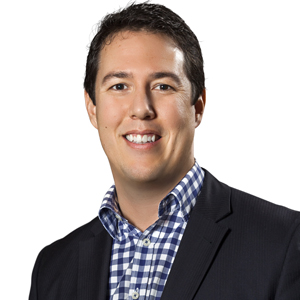How to build the right kind of member engagement
by Jonathan Shaw*
Building informed member engagement is more crucial than ever if funds want to retain and attract members. Engagement is a balancing act. Just enough and super fund members make better retirement decisions. Too much and they can easily derail their retirement plans.
Walking this line is no easy path according to the Productivity Commission’s latest industry report, which outlined the challenges and the risks after surveying about 2,300 fund members.
Its survey found that just 20 per cent of members were satisfied with how their fund engaged to better understand their needs while younger members were generally less satisfied with their funds overall.
These disengaged members are most at risk of selecting poorly-suited investment options or insurance products; accumulating multiple super fund accounts; and sticking with underperforming funds.
Engagement naturally rises among members approaching retirement or with larger balances, but this is no guarantee of better decision-making. One survey of SMSF investors found that 85 per cent rated their skill at or above average, yet they had no better financial literacy than other super fund members.
This type of highly engaged, but poorly informed member is just as prone to making poor (albeit more active) decisions than the disengaged.
Members need to be engaged enough to make positive decisions but disengaged enough to not be swayed into short-term poor decision making. The Productivity Commission calls this ‘informed engagement’.
The benefits for members are clear: just selecting a high performing fund and consolidating unintended multiple accounts could boost overall retirement savings by an estimated $3.9 billion each year.
For super funds, informed engagement can help retain members while attracting new members from underperforming funds.
There’s no one clear measure of informed engagement, but a closer look at the decisions that members make and the reasons behind them can reveal much.
Annual fund switching levels among members remain relatively low at 2-10 per cent but spikes at different times. The majority of fund switching is concentrated around members aged 30, then tails off before peaking again just prior to retirement age.
Just over half of those who did switch spent less than two hours gathering information for switching to another fund.
These are clear risks for funds to manage and informed engagement should be a key front-line tool.
The entire industry, including government, regulators and funds, have a role to play in improving member engagement through improved skills, knowledge and attitudes. However, this needs to be bolstered through relevant, accessible, and comparable information.
More readily comparable information on products and services;There’s no one solution and the Productivity Commission’s suggestions are broad:
- Easier access to the key metrics that matter in making decisions;
- More accessible, affordable and impartial guidance and advice.
This is good advice however, we also suggest that working with members’ current financial literacy levels and behavioural biases, is also crucial. Technology has a key role to play in making it easier for members to make better decisions while becoming more informed and engaged.
The benefits can be enormous. Around 10-20 per cent of members make voluntary contributions each year, but they are more likely to be aged over 50, exercise investment choice, and have higher balances and incomes, according to the Commission.
As we have seen, these are members who are already engaged. Funds need to consider the many ways that technology can help improve informed engagement among younger members, including those in danger zones such as 30 year-olds who are prone to switching funds.
Earlier engagement can make an even bigger difference to member retirement incomes thanks to the effect of compound interest over a longer time frame.
*Jon Shaw is Moneysoft’s chief executive officer.











